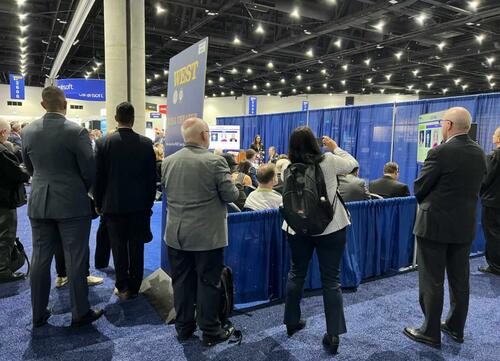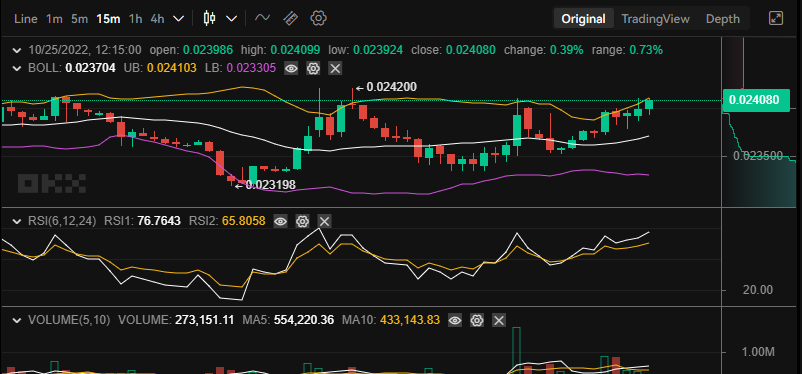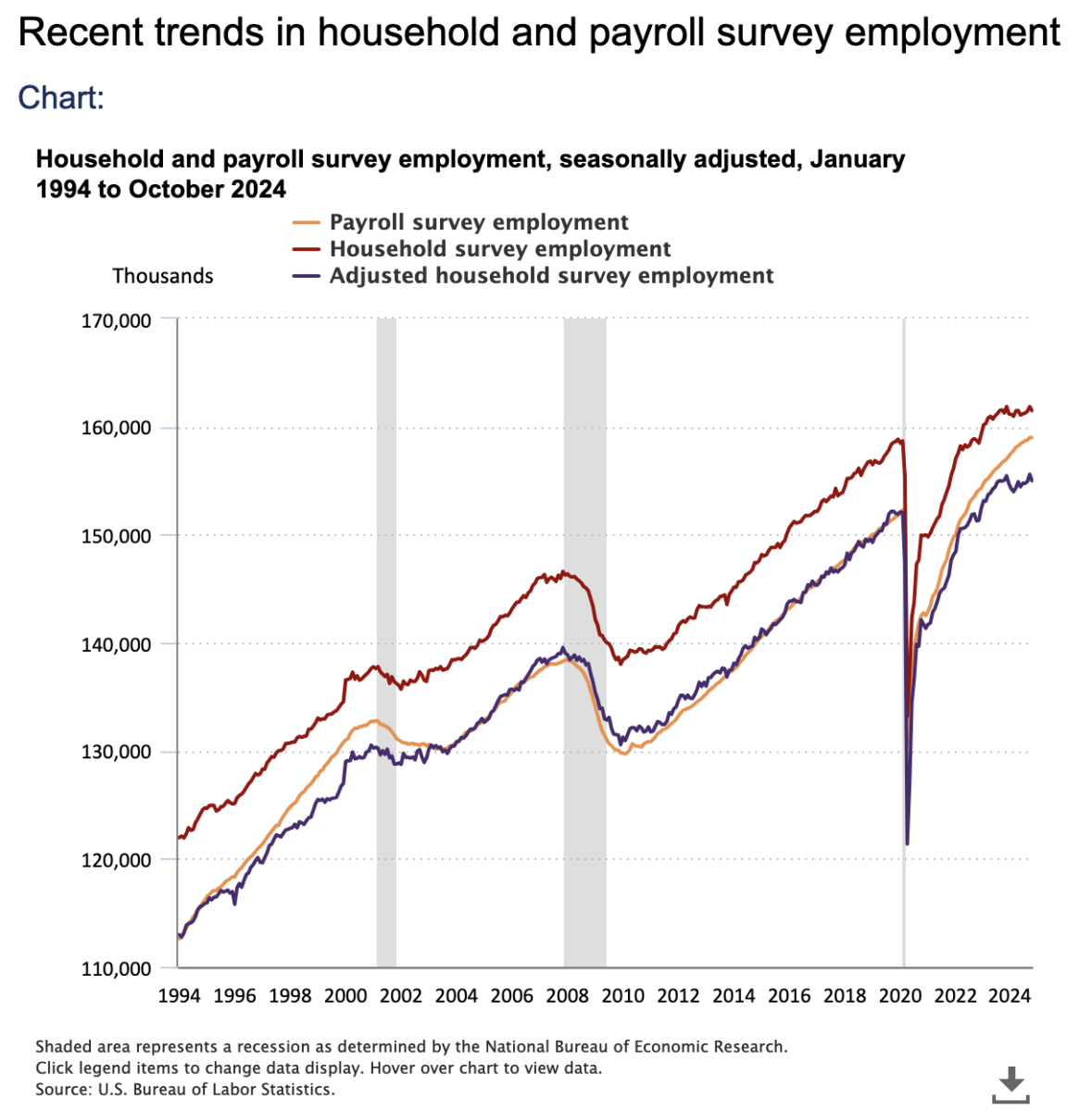A recent Sebi circular on short selling clears the decks for institutions to short-sell equities, though few are known to do this. Sebi has also committed to putting in place a lending and borrowing scheme for securities across the entire equity segment.
The circular also allows short-selling in the futures & options (F&O) segment, but reiterates that naked short selling (selling a security without first arranging to acquire it) will continue to be banned. While the circular changes little on the ground immediately, it could lead to better short-selling processes.
Apart from giving institutions permission to short-sell, the regulator proposed a borrowing & lending scheme to facilitate short-selling. The circular also said an institutional seller must state whether a sale offer is a short-sell when placing the order, and that institutions won’t be allowed to square off positions intra-day (paying cash to settle instead of delivering the stock).
Traders short a stock when they believe the price will fall, allowing them to buy it back later for less. They borrow the stock (for a fee), sell it immediately and wait for the price to drop before buying it back. They then return the shares to the lender and pocket the difference.
This is a complicated process, with nuanced tax implications, and needs careful reconciliation. The stock-lender should be liable to pay tax on the fee for the loan, but not on the capital gains since the stock is returned within a stipulated period. An institutional lending & borrowing mechanism would enable institutions with long-term portfolios to generate additional income by lending stocks. It would also allow traders to place transparent orders to borrow a stock.
Sebi wants brokerages to collect details on short-sells and upload this data to the stock exchanges before the next trading session. This information is then to be collated and published on the stock exchange websites weekly.
One issue with this could be the loss of confidentiality in short sales. This may result in short-squeezes, particularly in stocks with a low float. Known short-sellers can be overwhelmed by concerted high-volume buying that forces the price up, at least temporarily.
India is a T+1 market, meaning cash trades are settled in the next session, and may become a T+0 market down the road. Under such circumstances, known short-sellers (who can be identified easily) are likely to face very high risks since the price of a stock need only be ramped up for short periods before the short seller must ensure delivery and return the stock.
A good short-selling mechanism could aid in price discovery and help promote the development of the stock market while still affording protection to investors.
















